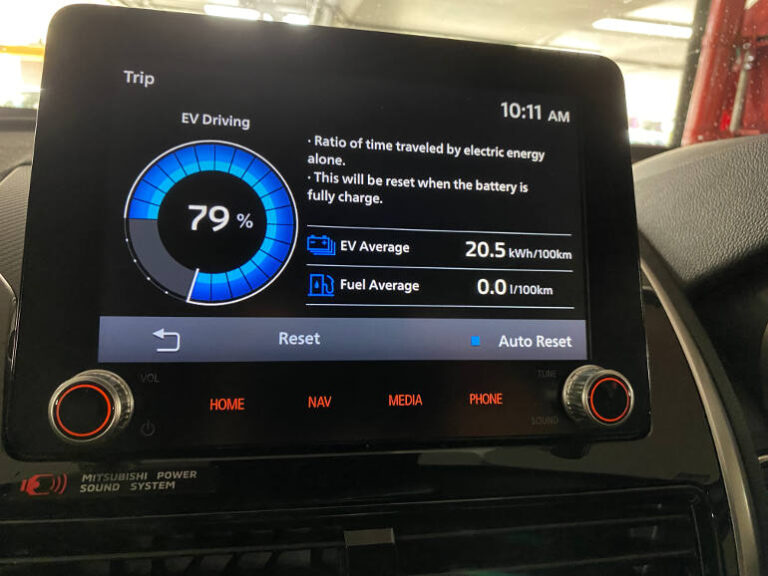The first thing you notice about driving a hybrid or electric vehicle is how quickly it slows down. It was a big deal in Australia when fleets switched from petrol Camrys to hybrid versions. Company car drivers around the country were discussing the pros and cons of regenerative braking. So why is it there?
Travelling the furthest distance at the lowest cost has been battle ground for manufacturers since the oil shocks in the 70s. The winner is measured by L/100km and Fleet Managers should make fuel consumption one of the top criteria when procuring fleet vehicles.
Regenerative braking is a new weapon in this war that was seized on by Toyota when developing hybrid powered vehicles. Every kWh of battery power reduces the amount of petrol consumed by the auxiliary internal combustion engine which lowers fuel consumption. Or with an EV, the more kWh returned to the battery, the further the vehicle can travel on one charge.
By capturing the braking energy that is normally wasted, automotive engineers have been able to lower the L/100km on hybrid vehicles making them more attractive to Fleet Managers. They have also created an awareness of regenerative braking amongst company car drivers which makes the transition to electric vehicles less confronting.
So how does it work? When a vehicle is slowing down, the electric motor sends electricity in the opposite direction changing it from a motor that uses power, to a generator that produces power. The resistantance created when generating electricity creates the braking effect and slows down the vehicle. It’s a neat little trick that is changing the way people drive their cars.
Electric vehicles now come with settings to adjust the amount of regenerative braking so drivers can find a level that suits them. Some people prefer their EV to coast like an ICE vehicle while others prefer the full regenerative braking that comes with an e-Pedal (also called i-Pedal by some manufacturers) which will bring the car to a complete stop without using the brakes.
The perfect system would use regenerative braking to capture all of the energy needed to recharge the battery. This would eliminate the need to charge an EV which would make life simplier for company car drivers and Fleet Managers. Until then, we’ll take every kWh we can get.





